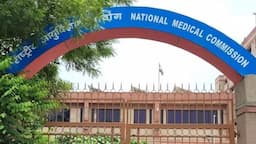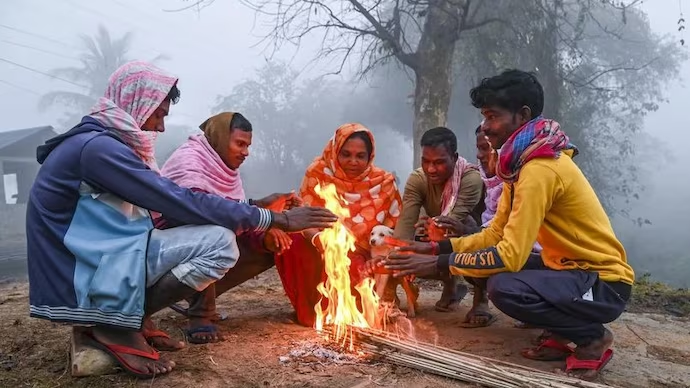What does Witchcraft entail?
Witchcraft involves the belief in or purported practice of supernatural or magical abilities, particularly for inflicting harm, misfortune, or sickness.

In the Indian setting, witchcraft refers to:
Strongly linked to superstition and male-dominated standards.
Frequently utilized as a means to resolve personal conflicts, seize territory, or undermine women’s autonomy.
More common in Jharkhand, Bihar, Odisha, Chhattisgarh, Rajasthan, as well as certain areas of Assam and West Bengal.
Witch-hunting involves blaming someone (mainly women) for being a 'witch' and exposing them to violence, exclusion, torment, and even killing.
The National Crime Records Bureau (NCRB) reports that more than 800 individuals (predominantly women) lost their lives in witchcraft-related homicides throughout India from 2016 to 2022.
Factors Leading to Witch-Hunting in India
Superstition and Illiteracy: Particularly in rural and tribal areas, mysterious illnesses or fatalities are blamed on ‘witches’.
Gender and Patriarchy: More than 75% of victims are female, especially widows, elderly, mentally ill, or women without children.
Land and Property Seizure: Allegations are frequently used to remove women from their land or resolve familial and community conflicts.
Social Exclusion: Witch-hunting is more common among Scheduled Castes and Scheduled Tribes, who experience enduring social marginalization and limited legal knowledge.
Difficulties of Sorcery
Breach of Fundamental Rights: Witch-hunting infringes upon Article 21 of the Constitution, which ensures the right to life and dignity. It additionally violates Articles 14 (Right to Equality) and 15 (Protection against discrimination).
Failure of State Institutions: The persistence of this practice emphasizes the inadequacy of law enforcement, the judiciary, and health services in rural regions.
Neglect of Constitutional Principles: According to Article 51A(h) of the Constitution, it is the responsibility of every citizen to foster a scientific mindset and humanist values.
Regulatory Structure to tackle the problem
State-Specific Laws: Without a federal statute, numerous states have established individual laws;
Bihar: Act of 1999 for the Prevention of Witchcraft (Daain) Practices
Jharkhand: Witchcraft Practices Prevention Act, 2001
Chhattisgarh: Tonahi Pratadna Nivaran Adhiniyam, 2005
Odisha: Witch-Hunting Prevention Act, 2013
Civic Engagement:
Project Garima (Jharkhand): This initiative aims to restore the dignity of women labeled as witches by providing legal assistance, counseling, community support, and rehabilitation services.
Project Prahari (Assam): A model for community policing designed to foster trust between police and tribal communities, emphasizing crime prevention via early warnings, awareness initiatives, and prompt legal action.
UN Human Rights Council Resolution, 2021: It calls on nations to eradicate detrimental practices linked to witchcraft allegations.
It highlights the safeguarding of at-risk populations, recording of assaults, and recovery of victims.
Difficulties in Tackling the Problem
Lack of Central Legislation: The Prevention of Witch-Hunting Bill, 2016 was presented in the Lok Sabha to establish a national structure for prevention and recovery. Nonetheless, it could not succeed and ultimately expired.
Data Gaps: NCRB presently categorizes witch-hunting fatalities as general murder, hindering the ability to monitor trends or assess the effect of interventions.
Social Acceptance and Stigma: Numerous communities continue to view witch-branding as a valid practice. Victims frequently endure lifelong isolation and are reluctant to disclose incidents.
Path Forward
Thorough National Legislation: India needs to promptly implement a federal law prohibiting witch-hunting that:
Clearly defines the offense,
Imposes suitable penalties on offenders,
Provides assistance and recovery services to survivors,

Requires awareness and educational initiatives.
Community Involvement and Scientific Mindset: Awareness initiatives must focus on panchayats, SHGs, and tribal leaders to confront detrimental customs and encourage constitutional principles.
Rehabilitation Structure: Survivors should receive secure housing, legal safeguards, therapy, financial support, and chances for reintegration.













